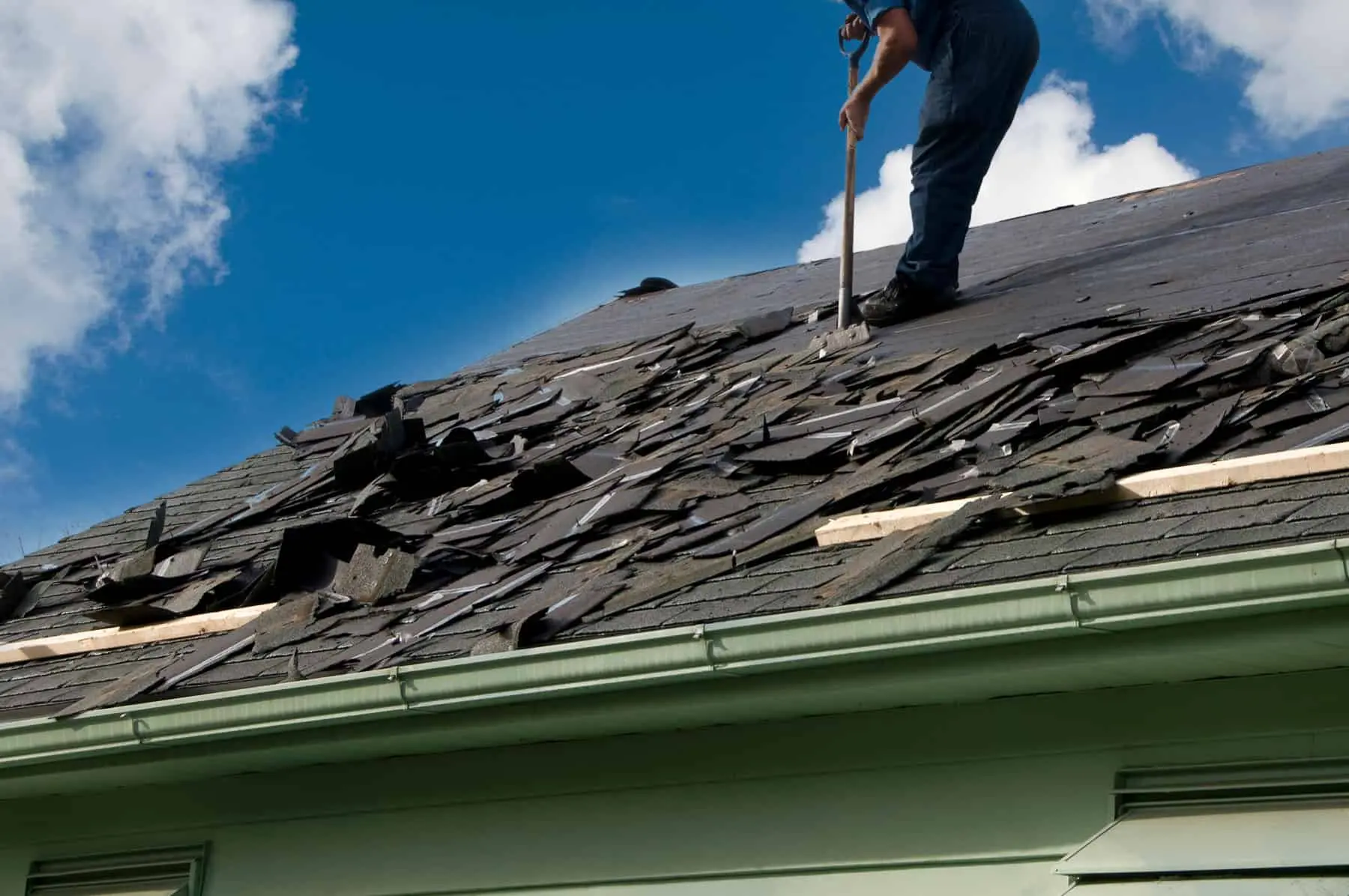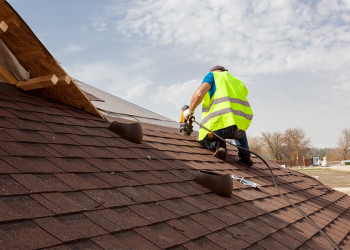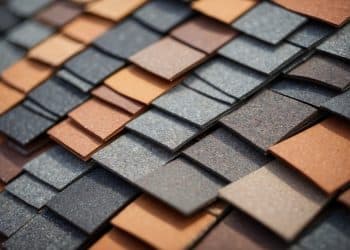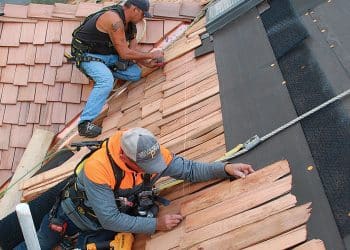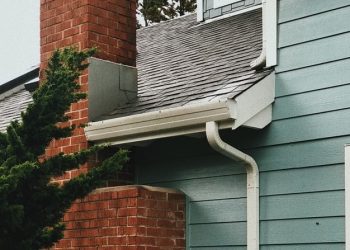Table of Contents
To be completely honest, there is no exact right answer to this question and there are a lot of variables that will factor into how long the average roof should and will last. Let’s cover a few of the important points in figuring this out.
1. Shingle
The type of shingle that you choose will play a significant part in the life expectancy of your roof so always choose a contractor like Colony Roofers that offer good quality shingles.
For example; if you have a 3 tab shingle, the manufacturer states it will last 25 years, however due to the points I will list below, you can safely expect that they will last on average 15-20 years with proper maintenance and upkeep. A 30 year architectural shingle will reasonably last 25 years with proper maintenance and upkeep. And a 50 year shingle can reasonably last 45 years with proper maintenance and upkeep.
2. Materials
Materials and workmanship will play a large role in your roof’s lifespan. Obviously the cheaper materials that you could purchase just don’t last as long as the slightly pricier and more durable products. Do your research and remember that you get what you pay for.
Some of the more popular shingle manufacturers you can research are Certainteed, GAF, Owens Corning & Tamko; you can also check with your local shingle suppliers for additional manufacturers and brands that are available in your area.
Workmanship is probably a no-brainer, but let’s bring it up anyway. It is important to find a contractor that is licensed and insured for doing roof installations, but that is also knowledgeable and capable of installing a new roof. It goes without saying that you can have the best roofing products on the market, but if you hire anyone that does not know what they are doing, the roof is going to fail and fail miserably.
3. Trees, branches, vines and large bushes
While these things can be beautiful, they can also be destructive to your roof and significantly decrease the amount of years your roof will last.
Trees that are allowed to grow too close to your home can not only cause foundation and septic issues, they can also grow into the gutters and prevent proper water drainage from the roof and damage your soffit. Branches that are allowed to grow into the roof can cause damage to the roof decking and shingles enough to sustain water intrusion to the soffits of the home and inside the home as well.
Please remember to keep all branches trimmed away from the edge of your roof line and from over hanging onto the roof. During strong winds and bad storms branches can break and fall onto the roof causing varying degrees of damage; from missing shingles to broken plywood decking and can even cause enormous holes in the roof that will lead to significant water damage inside your home .
4. Weather
Extreme hot weather can cause the asphalt shingle to become hot and pliable and can cause more than normal granular loss. Then through the cooling process that occurs at night, it will allow for repeated softening and hardening of the shingles, thus allowing them to become brittle and break easily and cause leaking over time. Also the heat of temperature of 50-90 degrees fahrenheit and ultraviolet rays will also cause roofing materials to deteriorate over time
Cold weather can also drastically affect the lifespan of an asphalt shingle by making it brittle and prone to breakage during these months.
Also, during the winter months there are a few other things to be aware of;
Freezing water- Water that freezes on your roof can cause a dam and prevent proper drainage and cause leaking.
Snow- can accumulate on the flat roof surfaces and on the edges of your roof and can cause snow dams that will force the melting snow up under your shingles and cause leaks to your home.
It is important to make sure to have your roof inspected before the winter months to make sure that your flat roof surfaces are in good condition.
Also remember that if you decide to try to remove the snow yourself that the materials you use can also damage your roof.
Storms/Hail/Wind- During severe weather conditions, wind can cause shingles tabs to lift and break and can cause the adhesive backing on the shingle to come loose, thus causing shingles to come completely off the roof. While this does take a significant wind force, it does happen frequently, especially to shingles that have been affected by the other items mentioned here.
Hail, while rare, does happen and can remove the granules, wear down the integrity, fracture or break completely through a shingle and leave your home vulnerable to leaking. These factors will depend on the size, velocity and density of the hail storm.
5. General maintenance and upkeep
Most people do not realize that there is more to maintaining a roof than simply having it installed. During the different seasons there is a lot of organic debris that is blowing around and will find its way onto your roof and into your gutters. It is especially important to remember to have your roof, valleys, eaves, around skylights and your gutters and downspouts cleaned a couple times of year to prevent debris from building up in the valleys, around skylights and overflowing your gutters and causing leaking inside your home. You should have it done more often if you have trees close to or overshadowing the roof of your home. Believe it or not, this is actually one of the main causes for common leaks, even more so than storm damage.
The other problem with allowing this debris to collect on your roof is the growth of Blue algae. This algae grows abundantly in warm, moist conditions and derives its nutrients from the dust from the air. While it is not harmful or dangerous in itself, over time it can cause the protective UV granules on the shingles to come off and dry out the shingles, making them brittle and prone to breakage.

